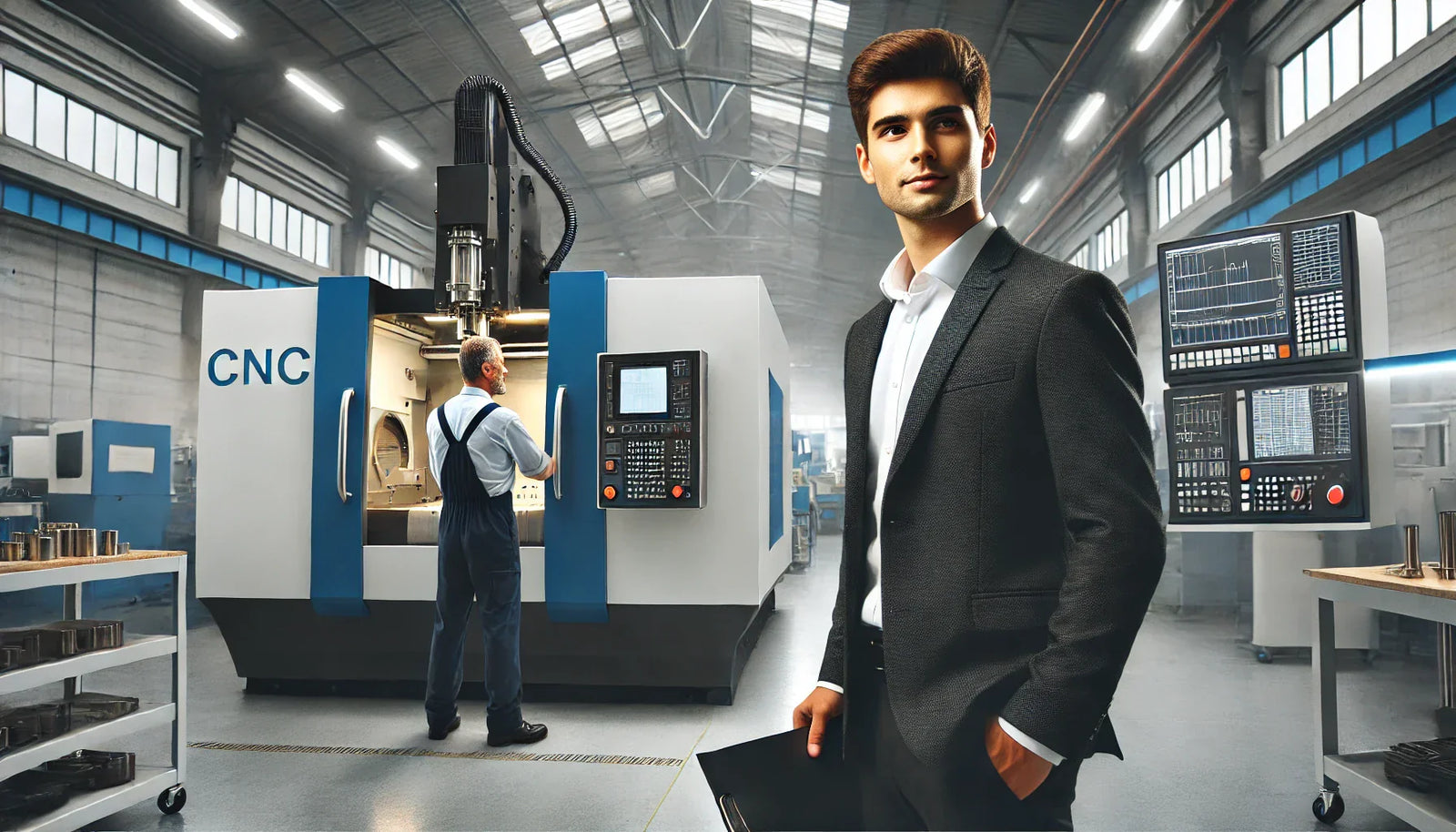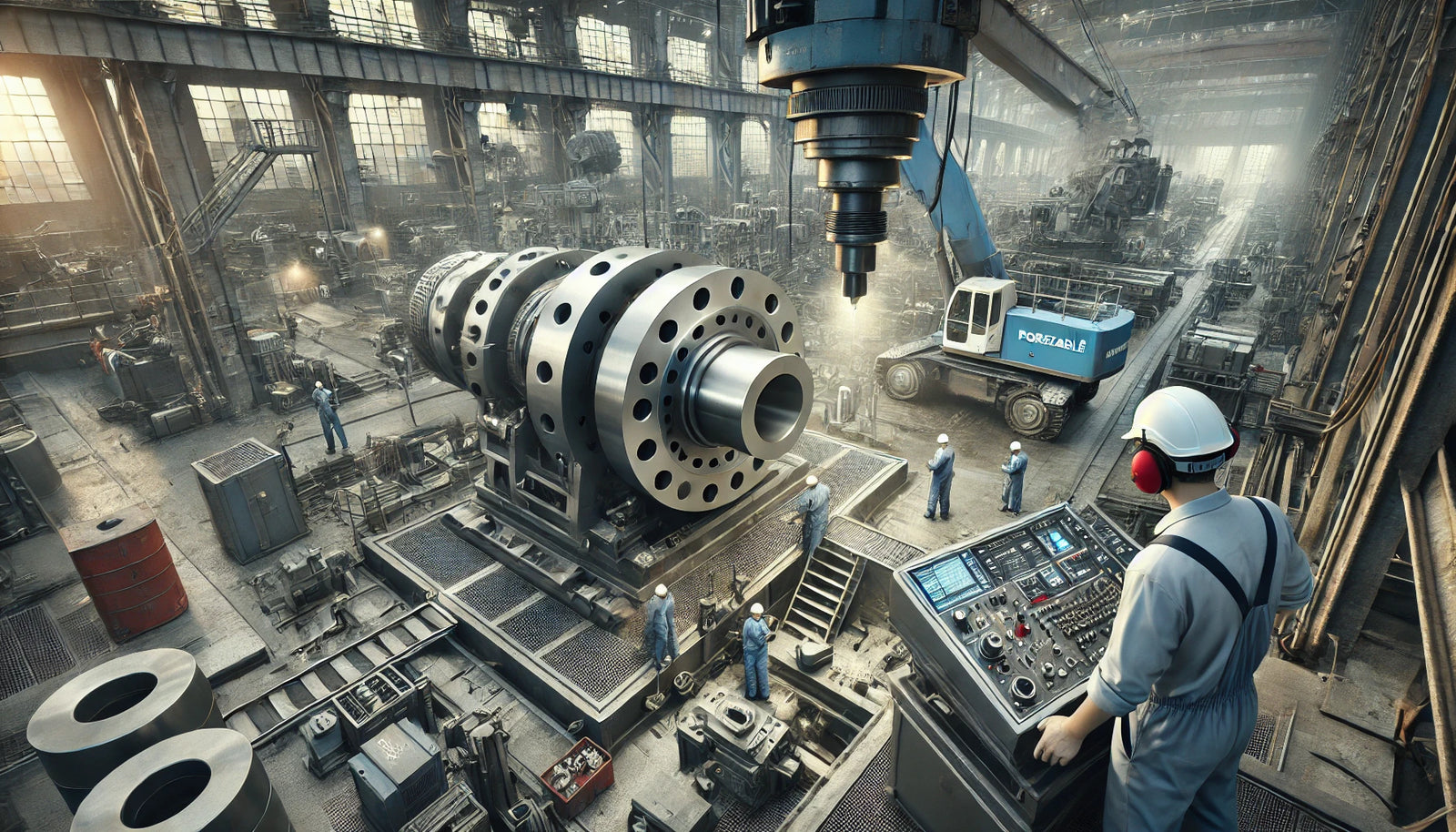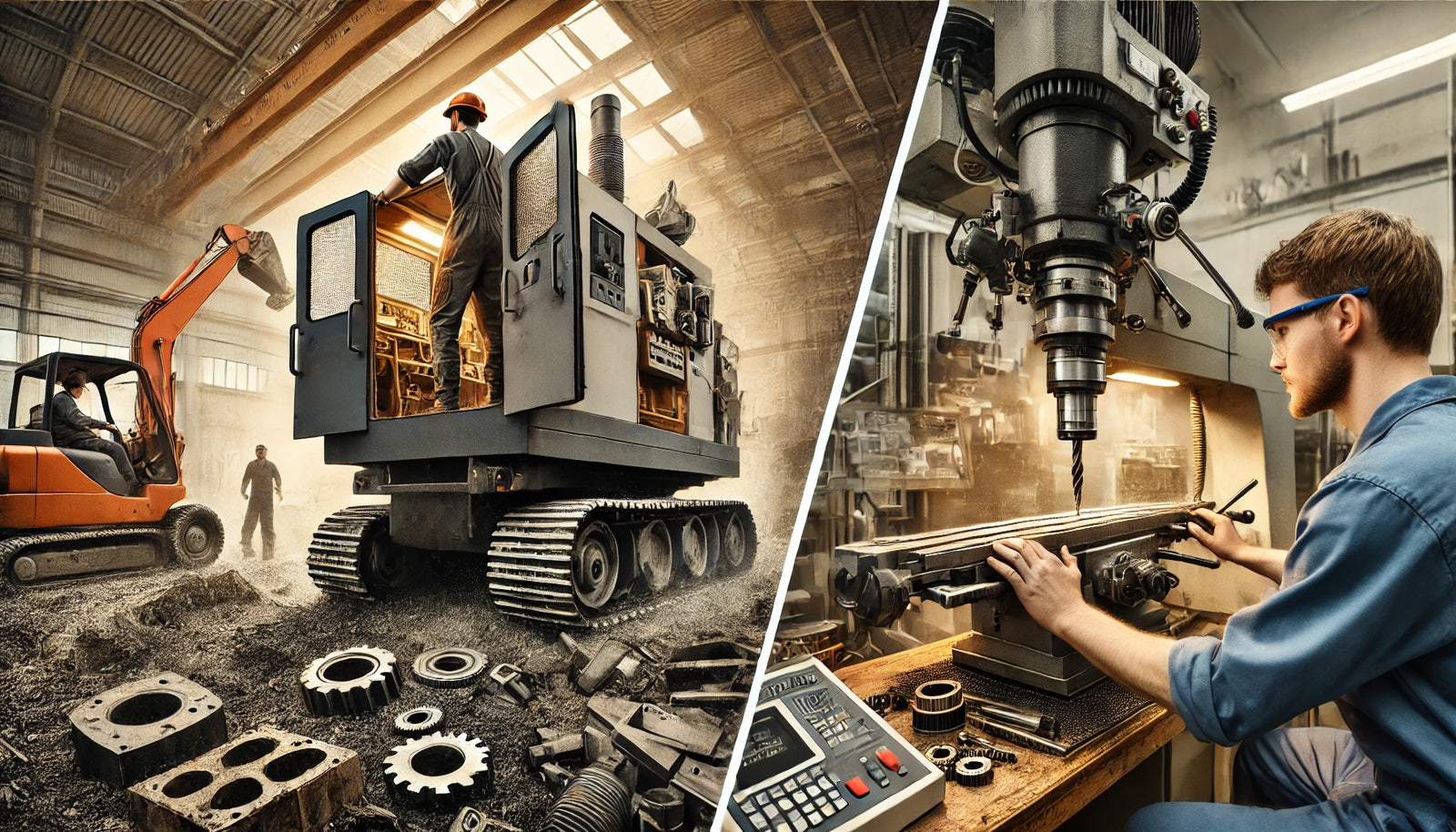The Fourth Industrial Revolution, also known as Industry 4.0, refers to the current trend of automation and data exchange in manufacturing technologies, including developments in artificial intelligence, the Internet of Things, and autonomous vehicles. It is characterized by the integration of physical and digital technologies, which is expected to lead to a more connected and efficient manufacturing process. Some experts predict that Industry 4.0 will bring about significant changes in the way we live and work, including the potential for increased productivity and economic growth, as well as the possibility of disruptive changes to the job market.
There are several steps that businesses and governments can take to move towards Industry 4.0. These include:
-
Investing in technology - This can include investing in hardware, software, and infrastructure to support Industry 4.0 technologies such as artificial intelligence, the Internet of Things, and autonomous vehicles.
-
Developing a digital strategy - Companies should develop a clear plan for how they will use digital technologies to improve their operations and better serve their customers.
-
Upgrading skills - Training and retraining workers in new technologies will be necessary to ensure that they are able to take advantage of the opportunities presented by Industry 4.0.
-
Collaborating with other organizations - Working with other companies, research institutions, and government agencies can help accelerate the adoption of Industry 4.0 technologies.
-
Adopting new business models - Industry 4.0 technologies may require companies to rethink traditional business models and adopt new ways of operating.
By taking these steps, businesses and governments can position themselves to take advantage of the opportunities presented by Industry 4.0 and drive economic growth.
What tools will manufacturers need to take part in industry 4.0?
There are several tools and technologies that manufacturers will need to take part in Industry 4.0, including:
-
The Internet of Things (IoT) - The IoT refers to the network of physical devices, vehicles, and other objects that are connected to the internet and able to collect and exchange data. In manufacturing, the IoT can be used to monitor and control the production process, track the location and status of goods, and optimize logistics.
-
Artificial intelligence (AI) - AI technologies such as machine learning and natural language processing can be used to automate tasks, analyze data, and make predictions. In manufacturing, AI can be used to improve efficiency, reduce waste, and identify problems before they occur.
-
Cloud computing - The use of cloud computing can help manufacturers store, process, and analyze large amounts of data, as well as provide the computing power necessary for running complex algorithms.
-
Robotics - Robotic technologies can be used to automate tasks such as material handling, assembly, and inspection, and can work alongside human workers to increase productivity and reduce the risk of accidents.
-
Virtual and augmented reality - Virtual and augmented reality technologies can be used to train workers, design and test new products, and visualize and optimize production processes.
By adopting these tools and technologies, manufacturers can take advantage of the benefits of Industry 4.0 and stay competitive in a rapidly changing market.





